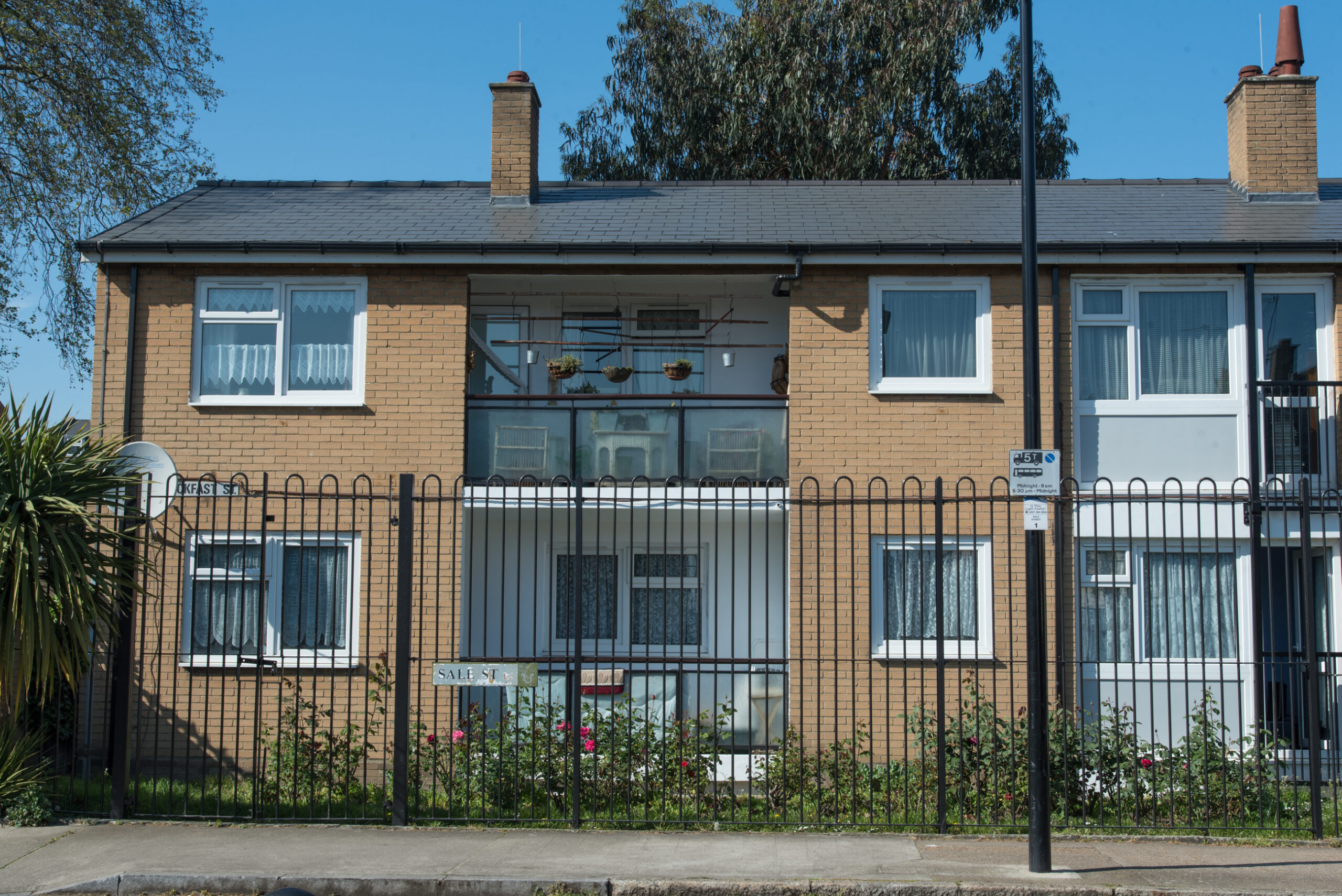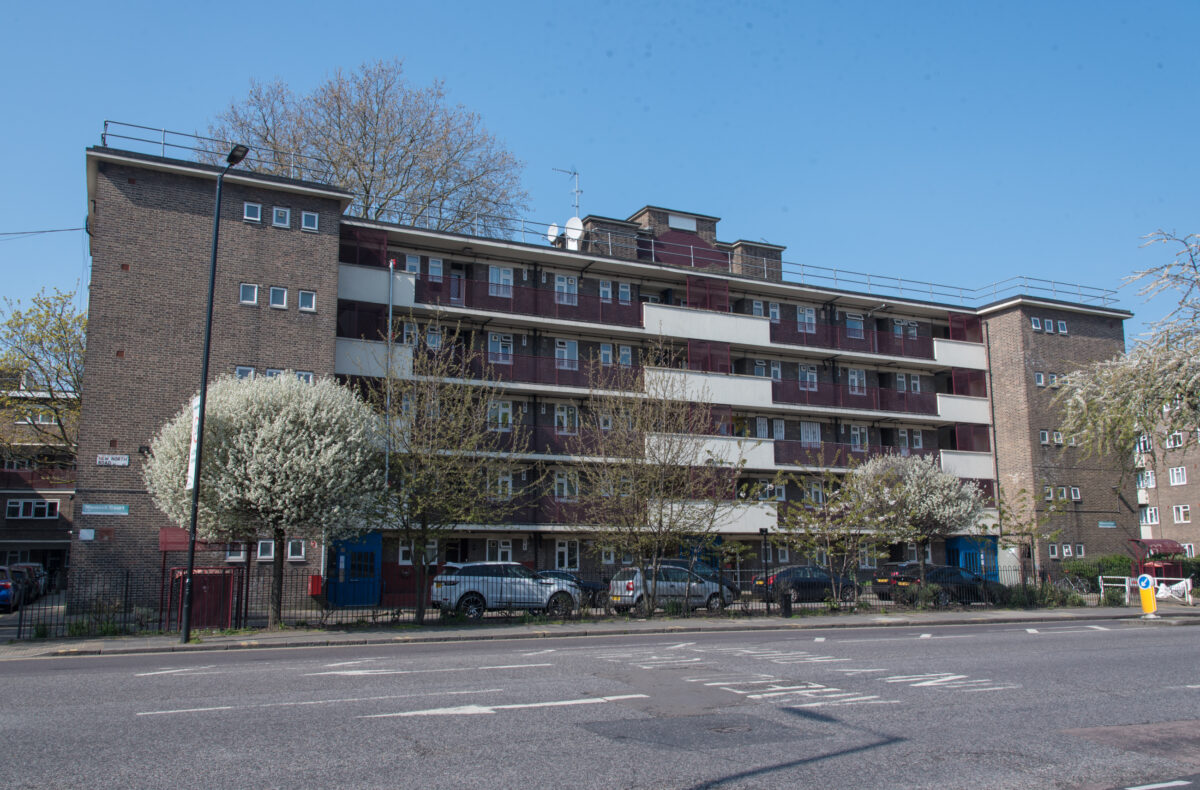
Shelter’s Housing Commission report published yesterday is undoubtedly a major contribution to the debate about how to solve the housing crisis, and I broadly agree with most of its conclusions.
Attending the launch, I found the most intriguing aspect was the frank admission by one of the commissioners, Baroness Sayeeda Warsi, a former chair of the Conservative Party, that her previously ‘ideological view’ and belief in the small state had been challenged and changed ‘by the evidence’ given to the Commission. For her, and the several other conservative-leaning members of the Commission, to support a huge social house building programme – more than 3 million over 20 years – represents an important shift in thinking on the right of centre.
Also noteworthy was the admission by former Labour Leader, Ed Miliband, that he had not been strong enough in his advocacy of social housing at the 2015 general election.
The report of the Commission is a well-written review of housing issues and how we got to the bad place we are now in. At its core the economic case for investment in social rented homes is made forcefully, based on a detailed analysis by Capital Economics which has been published separately and can be read by following the link.
In essence the case for investment is the same as that made by the SHOUT campaign in 2015 (with analysis also by Capital Economics), which is that the cost of meeting the clear need for a large extra supply of homes for social rent is manageable if you take into account not only the long term costs but also the long term benefits – and especially the savings that will be made in benefits.
Shelter’s Commission recommends and models building 3.1 million social homes over 20 years. You can argue over this number and how it is arrived at, but it is plain that we need to reverse the catastrophic switch that has been made over the last 40 years away from spending on investment in new homes towards helping people to afford or pay for homes at or near market prices.
The gross additional cost of the investment proposed by Shelter, estimated at an average of around £10.7 billion per year, is substantially offset by reductions in the costs of benefits, economic growth, spin off savings in health and other services, and increases in productivity, bringing the estimated net cost down to an average of around £3.8 billion per year. (One year’s worth, as it happens, is less than the money being wasted on preparations for a no deal Brexit). The huge programme would only increase public sector net debt by 2%, a relatively trivial amount given the huge increase in human wellbeing that would flow.
The headline figure of 3.1. million extra social homes has dominated the coverage, but there are many more recommendations about other aspects of social housing. The report proposes a new system of consumer regulation to protect all renters (social and private), major changes to enable the enforcement of standards, and a transformation in the ability of tenants to make complaints and have them resolved. There are recommendations to improve tenants’ ability to make their voice heard, with tenant panels, independent tenants’ organisations and a revived national tenants’ voice organisation.
In support of the programme of new building, the Commission makes some detailed proposals around planning, including reforms which would make land available at a fairer price and enable planning authorities to obtain a bigger planning gain contribution from private development.
These proposals are broadly very welcome although I couldn’t always follow the logic between the discussion in the report and the final recommendations. There were important areas of debate from which no recommendations flowed at all. It does not undermine the report to set out some doubts and questions.
I am not convinced that the proposed consumer regulator should cover both social and private sectors. They are such different beasts and consumer regulation for social housing seems to me to be inextricably linked to economic and governance performance, which would remain with the existing regulator. The comparison that is made with banking, where financial and consumer regulation are separated, does not hold water, and I think it would be wrong to end up with 4 bodies (HCA/Mayor, economic regulator, consumer regulator, and Ombudsman) tripping over each other to hold housing providers to account. It would be too complicated and it wouldn’t work.
The private sector absolutely needs consumer regulation, but I suspect it would be better done by a specialist organisation and be focused on finding ways of regulating small landlords.
Given that the report sets out a vision for social housing, I don’t think it deals adequately with the question of rent. The economic analysis makes fair assumptions about the level of grant that would be available for new build, which would broadly maintain the current social rent regime, but a vision for the sector should include consideration of the best general level for rents – notably whether they should continue to increase faster than inflation – and whether there might be a better system, for example one that is more closely linked to incomes. There are associated questions about how the benefits system might change.
Similarly, the report discusses the problems but makes no recommendations about the terms and conditions of tenancy and the balance of power between landlord and tenant, which has shifted heavily to the former in recent years. I would like to see the return of security of tenure and the end of fixed term tenancies, and a detailed review of the various grounds for possession. It also fudges the issue of right to buy and does not address the increasing management problems being faced on estates by the rapid rise in high turnover private landlordism enabled by the right to buy.
As with the point about regulation, in some ways the discussion about private renting sits uncomfortably in the report. That is not to diminish its importance, but to observe that it feels too much like an add-on. Many good points are made, and important recommendations are made for example about no fault evictions. But it needs something more fundamental in a report which is concerned with a 20-year vision for housing. If the proposed social housing building plan came to pass, over time there would be a steep decline in demand for private renting. We need to think through what implications that would have in practice. How would private landlords react as their market changed? Would landlords generally seek an exit? Should we revisit the policy of encouraging institutional investors in private renting? If prices fell, what would be the knock on effect to home ownership? A major revival in social rent has broad implications for other tenures which need to be addressed.
The crucial thing about the Shelter Commission report, however, is probably not the specific recommendations. It is whether the work they have done, and the reach they have achieved into Conservative thinking, helps to create a change in the political climate which then leads to a far more balanced housing policy across the board.
Five years ago, the few left standing that defended social rented housing were mocked as living in the past and not facing up to the modern realities of market-driven housing policy. We were especially derided by some luminaries in the housing association movement who, thankfully, are more quiet these days. Social rent is back at the centre of the housing debate, in the mainstream where it belongs. The groundswell in favour of it is vitally important but the next stage is the vital one – because winning the political argument has not yet led to many homes being built.














